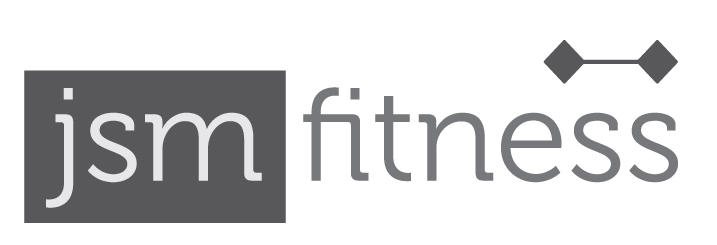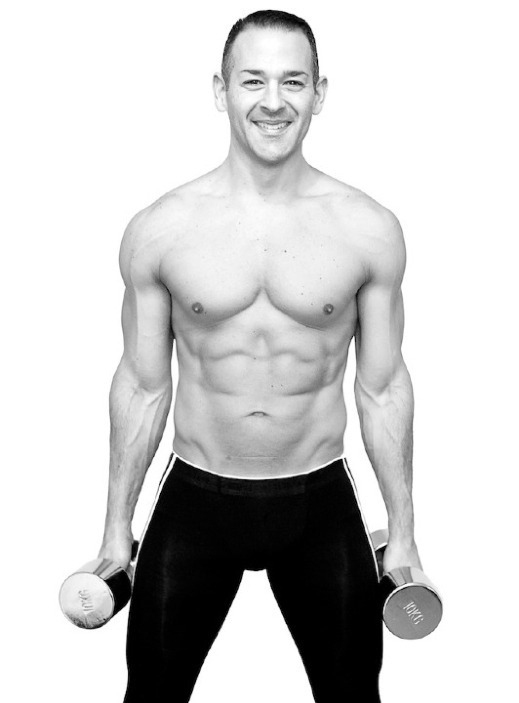The Benefits of Functional Fitness: Train Smarter, Not Harder

Functional fitness is a training approach that focuses on exercises that mimic real-life movements. Rather than isolating one muscle group at a time, functional training strengthens multiple muscle groups simultaneously. This approach helps you build strength, improve mobility, and support everyday activities more efficiently.
Whether your goal is to move better, prevent injuries, or improve overall health, functional fitness is a smart and effective way to train. It is suitable for all fitness levels and especially beneficial for older adults who want to maintain independence and prevent falls.
Mimics Real-Life Activities
One of the core principles of functional fitness is that it replicates the types of movements you perform in daily life. Think of bending to pick up a shopping bag, reaching to grab something from a shelf, or climbing stairs. Functional exercises such as squats, lunges, and kettlebell carries train your body to perform these motions safely and efficiently.
By training movements instead of individual muscles, you improve how your body works as a whole. This makes your everyday tasks easier and lowers your risk of discomfort or injury during routine activities.
Helps Prevent Injuries, Especially in Older Adults
Functional fitness helps strengthen the muscles around your joints and improves your ability to balance and stabilise your body. For elderly individuals, this type of training is particularly useful in preventing falls and maintaining mobility.
For example, step-ups and balance drills help improve lower body strength and coordination. Over time, this can result in fewer accidents and greater confidence in everyday movement.
Improves Overall Body Function
Functional exercises engage multiple muscles and joints. This comprehensive approach supports better coordination between muscles and enhances overall movement patterns. Functional training is often used in rehabilitation for this reason.
For instance, a medicine ball rotation trains your core, shoulders, and hips all at once. This strengthens your body holistically and allows you to move more fluidly in both workouts and life.
Enhances Strength and Endurance
Because functional training often uses compound movements, it develops both muscular strength and cardiovascular endurance. Circuit-style functional workouts can elevate your heart rate while challenging your muscles.
Try combining bodyweight squats, push-ups, and jump rope in a circuit format. This boosts endurance while still focusing on functional movement. Over time, you will notice better stamina during your workouts and daily tasks.
Boosts Balance and Coordination
Balance and coordination are crucial for safe, effective movement. Functional exercises challenge your body to maintain stability while in motion, which sharpens your proprioception and neuromuscular control.
For example, single leg deadlifts and stability ball exercises force your body to engage its core and stabilising muscles. This leads to improved coordination and better control of your body in a variety of situations.
Other Benefits of Functional Fitness:
Improved Posture
Many functional exercises help to strengthen the posterior chain, including the back and shoulders. This counteracts the poor posture often caused by prolonged sitting or screen time. Over time, exercises like rows and planks promote an upright and open posture.
Increased Flexibility and Mobility
Functional training often includes dynamic stretches and full range of motion exercises. Lunges with rotation, hip openers, and overhead reaches are great examples that keep your joints mobile and muscles limber.
Mental Health Boost
Exercise in any form supports mental wellbeing. Functional fitness, in particular, offers a sense of accomplishment as it directly relates to your day to day activities. Achieving greater ease in movement can boost confidence and reduce mental stress.
Time Efficiency
Functional workouts are time efficient. Since they engage multiple muscles at once, you can get a full body workout in less time. A 30 minute functional circuit can be just as effective as longer traditional sessions.
Example Functional Exercises
Squats: Builds leg strength for sitting and standing
Lunges: Improves stability and walking gait
Push-ups: Builds upper body strength for daily pushing movements
Planks: Strengthens the core for posture and balance
Step-ups: Improves coordination and leg strength for stairs
Farmer’s carries: Mimics carrying groceries or bags
Find What Works for You
There is no one size fits all approach to training. Everyone has different goals, fitness levels, and schedules. Some people may focus on mobility and strength, while others may aim to build endurance and improve balance.
If you are unsure where to begin or want to make the most of your training, working with a personal trainer is a great option. A qualified trainer can design a bespoke programme based on your goals, abilities, and preferences. They can also ensure proper technique and progression to help you stay injury free and motivated.
Conclusion
Functional fitness offers a smart and effective way to train by aligning with real life movements. It supports balance, flexibility, strength, and overall wellbeing. Whether you want to age well, feel better, or perform better, functional fitness is a powerful tool to help you achieve your goals.
If you are ready to start or want expert guidance at JSM Fitness, I offer bespoke plans that could supports your lifestyle and get real results.
Email: [email protected]
Phone: 07590 830263
Website: www.jsmfitness.co.uk
Personal Trainer in St Albans, Harpenden & Surrounding Areas in Hertfordshire and online personal training.
St Albans Personal Training, serving Harpenden & Surrounding Areas in Hertfordshire
Boost Your Fitness, Let’s Work Together! Book Your First Personal Training Session Today!
Email: [email protected]
Phone: 07590 830263
Website: www.jsmfitness.co.uk


Comments